| [1] |
READ R S. 20 years of excavation response studies at AECL’s underground research laboratory[J]. International Journal of Rock Mechanics & Mining Sciences, 2004, 8(41): 1251-1275.
|
| [2] |
李邵军, 冯夏庭, 张春生, 等. 深埋隧洞 TBM 开挖损伤区形成与演化过程的数字钻孔摄像观测与分析[J]. 岩石力学与工程学报, 2010, 29(6): 1106-1112. (LI Shao-jun, FENG Xia-ting, ZHANG Chun-sheng, et al. Testing on formation and evolution of tbm excavation damaged zone in deep-buried tunnel based on digital panoramic borehole camera technique[J]. Chinese Journal of Rock Mechanics and Engineering, 2010, 29(6): 1106-1112. (in Chinese))
|
| [3] |
BLÜMLING P, BERNIER F, LEBON P, et al. The excavation damaged zone in clay formation time-dependent behaviour and influence on performance assessment[J]. Physics and Chemistry of the Earth, Parts A/B/C 2007, 32: 588-99.
|
| [4] |
李占海. 深埋隧洞开挖损伤区的演化与形成机制研究[D]. 沈阳: 东北大学, 2013. (LI Zhan-hai. The Formation and Evolution Mechanism of Excavation Damaged Zone under Deep Tunnel Excavation[D]. Shenyang: Northeastern University, 2013. (in Chinese))
|
| [5] |
KAISER P K,MCCREATH D R,TANNANT D D. Canadian rockburst support handbook[M]. Sudbury: Camiro, 1996: 10.
|
| [6] |
JAKUBICK A T, FRANZ T. Vacuum testing of the permeability of the excavation damaged zone[J]. Rock Mechanics and Rock Engineering, 1993, 26(2): 165-82.
|
| [7] |
MARTIN C D, KAISER P K, MCCREATH D R. Hoek-Brown parameters for predicting the depth of brittle failure around tunnels[J]. Canadian Geotechnical Journal, 1999, 36(1): 136-151.
|
| [8] |
彭 俊, 荣 冠, 周创兵, 等. 一种基于GSI 弱化的应变软化模型[J]. 岩土工程学报, 2014, 36(3): 499-507. (PENG Jun, RONG Guan, ZHOU Chuang-bing, et al. A strain-softening model based on GSI softening[J]. Chinese Journal of Geotechnical Engineering, 2014, 36(3): 499-507. (in Chinese))
|
| [9] |
董方庭, 宋宏伟, 郭志宏, 等. 巷道围岩松动圈支护理论[J]. 煤炭学报, 1994, 19(1): 21-32. (DONG Fang-ting, SONG Hong-wei, GUO Zhi-hong, et al. Roadway support theory based on broken rock zone[J]. Journal of China Coal Society, 1994, 19(1): 21-32. (in Chinese))
|
| [10] |
HARRISON J P, HUDSON J A. Engineering rock mechanics: Part 2: Illustrative worked examples[M]. Elsevier: Pergamon, 2000.
|
| [11] |
EBERHARDT E, DIEDERICHS M. Review of engineering geology and rock engineering aspects of the construction of a KBS-3 repository at the Forsmark site—initial review phase[M]. Stockholm: Swedish Radiation Safety Authority, 2012.
|
| [12] |
SIREN T, KANTIA P, RINNE M. Considerations and observations of stress-induced and construction-induced excavation damage zone in crystalline rock[J]. International Journal of Rock Mechanics and Mining Sciences, 2015, 73: 165-74.
|
| [13] |
MALMGREN L, SAIANG D, TÖYRÄ J, et al. The excavation disturbed zone (EDZ) at Kiirunavaara mine, Sweden—by seismic measurements[J]. J Appl Geophys 2007, 61: 1-15.
|
| [14] |
PERRAS M A. Understanding and predicting excavation damage in sedimentary rocks: A continuum based approach[D]. Kingston: Queen's University, 2014.
|
| [15] |
JAEGER J C, COOK N G W. Fundamentals of rock mechanics[M]. 2nd ed. London: Chapman & Hall, 1976.
|
| [16] |
于学馥. 地下工程围岩稳定分析[M]. 北京: 煤炭工业出版社, 1983. (YU Xue-fu. The stability analysis of surrounding rock of underground engineering[M]. Beijing: China Coal Industry Publishing House, 1983. (in Chinese))
|
| [17] |
RICHARDS R, BJORKMAN G S, Optimum shapes for unlined tunnels and cavities[J]. Engineering Geology, 1978, 12(2): 171-179.
|
| [18] |
FAIRHURST C, CARRANZA-TORRES C. Some comments on design procedures for tunnel supports in rock. in proceedings[C]// University of Minnesota 50th Annual Geotechnical Conference. LABUZ J F, BENTLER J G, Eds. Minneapolis: University of Minnesota, 2002: 21-84.
|
 百度学术
百度学术



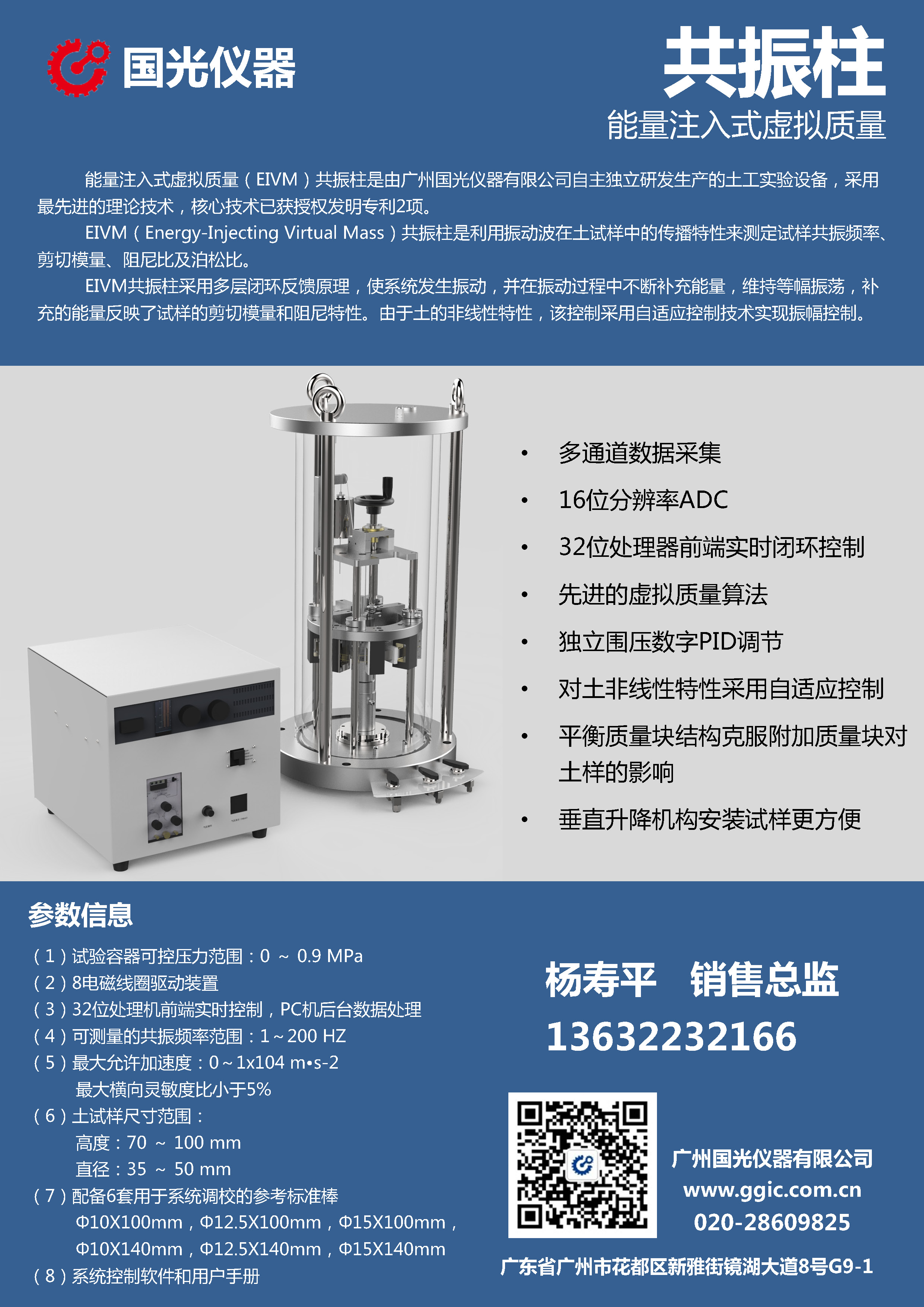
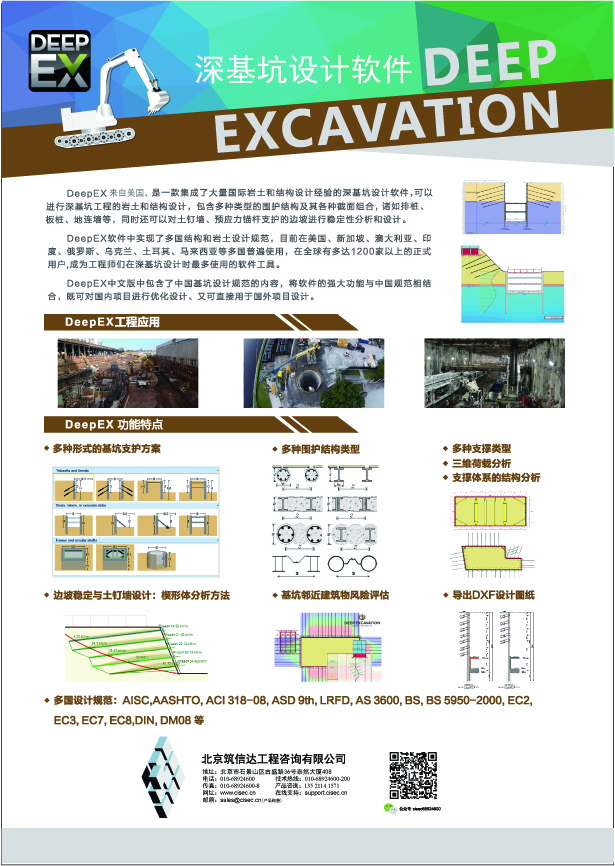
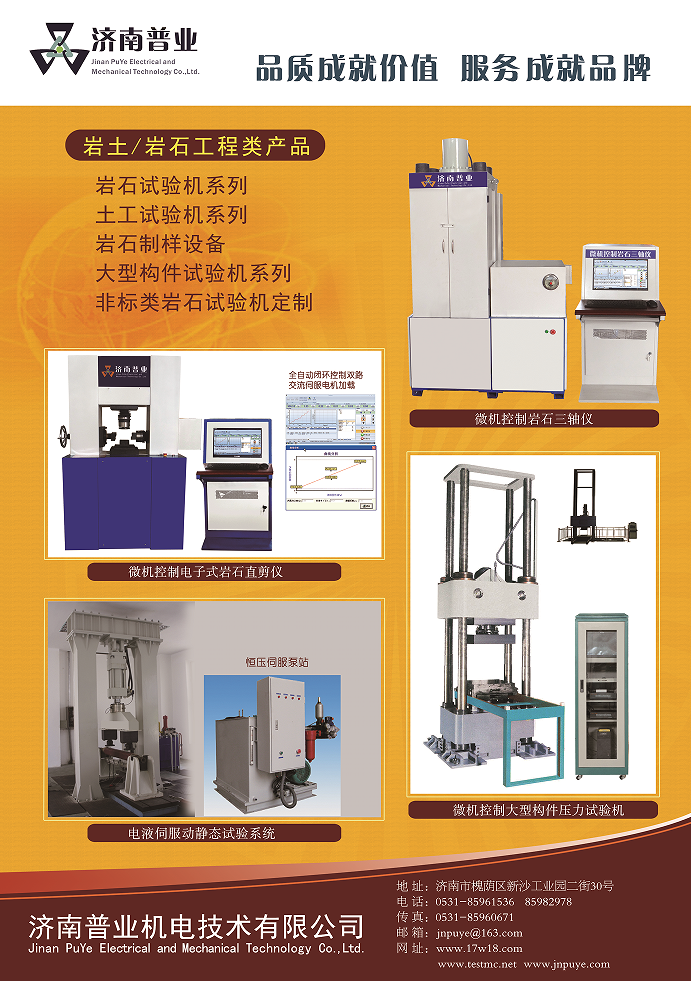
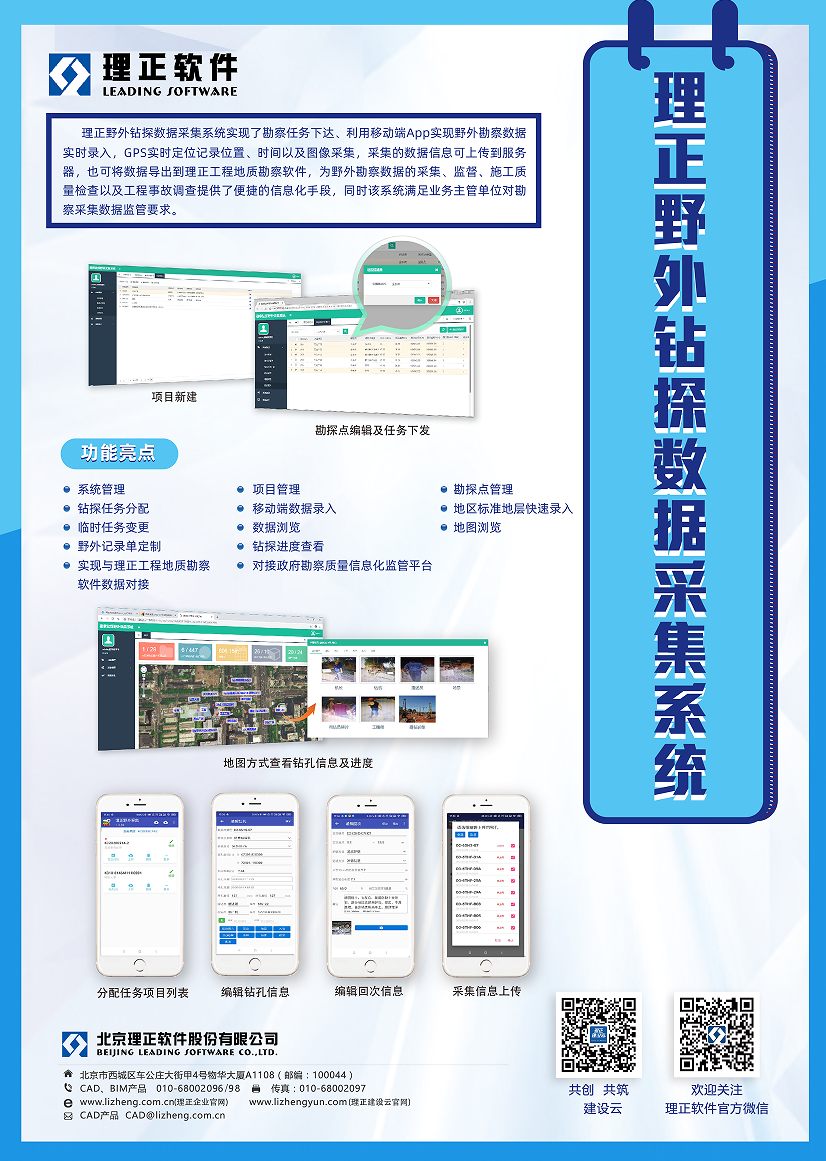
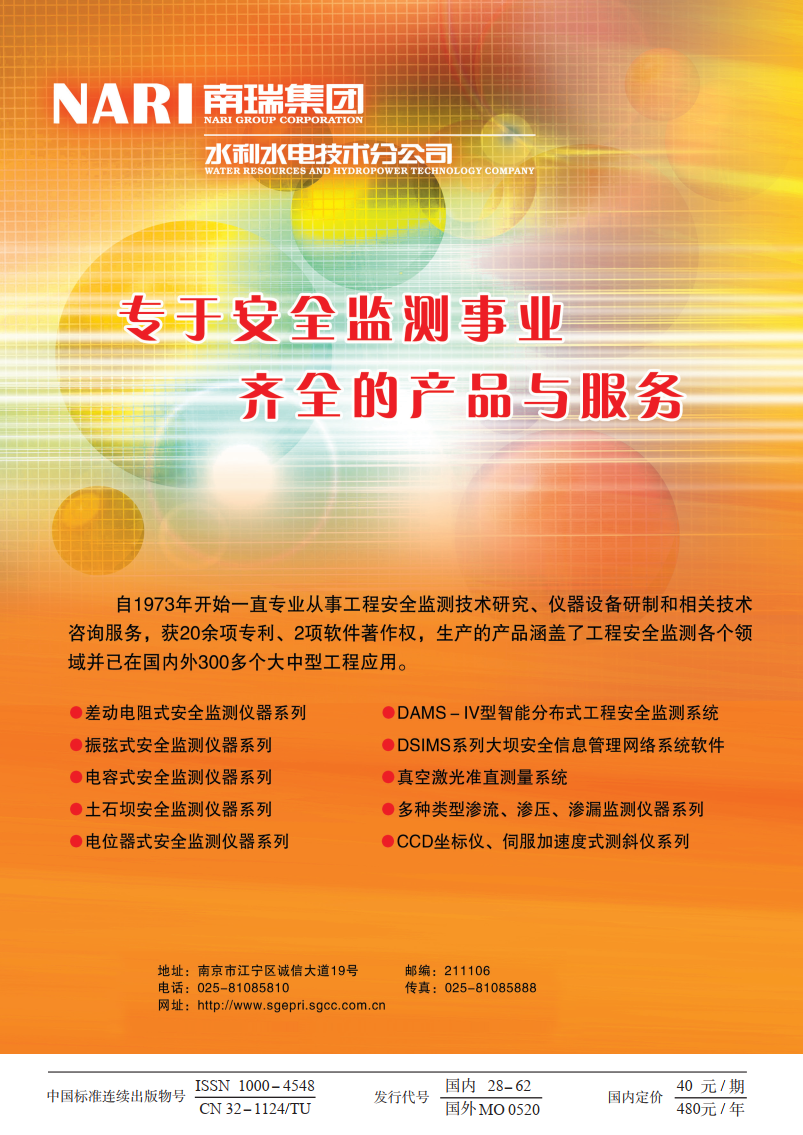
 下载:
下载:
